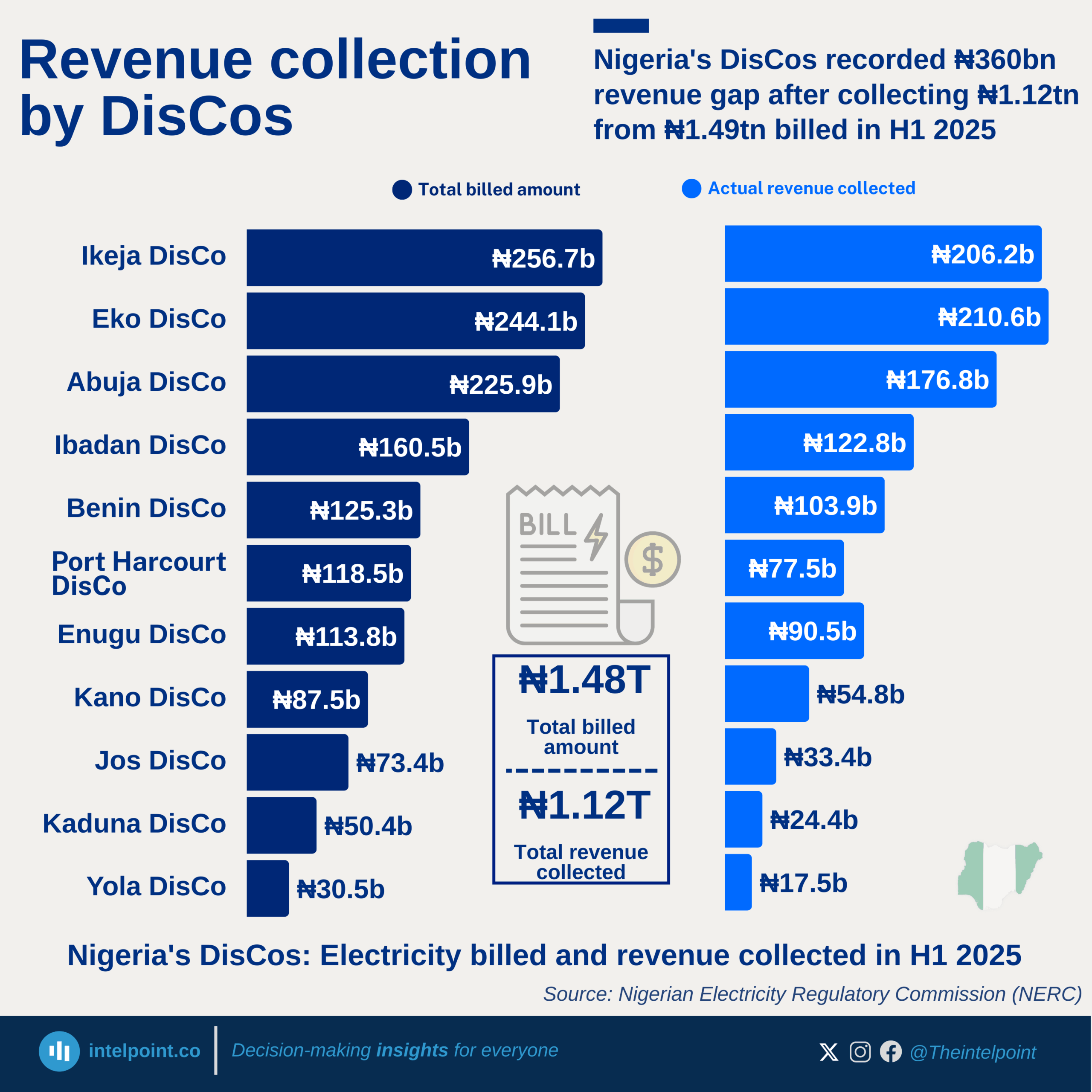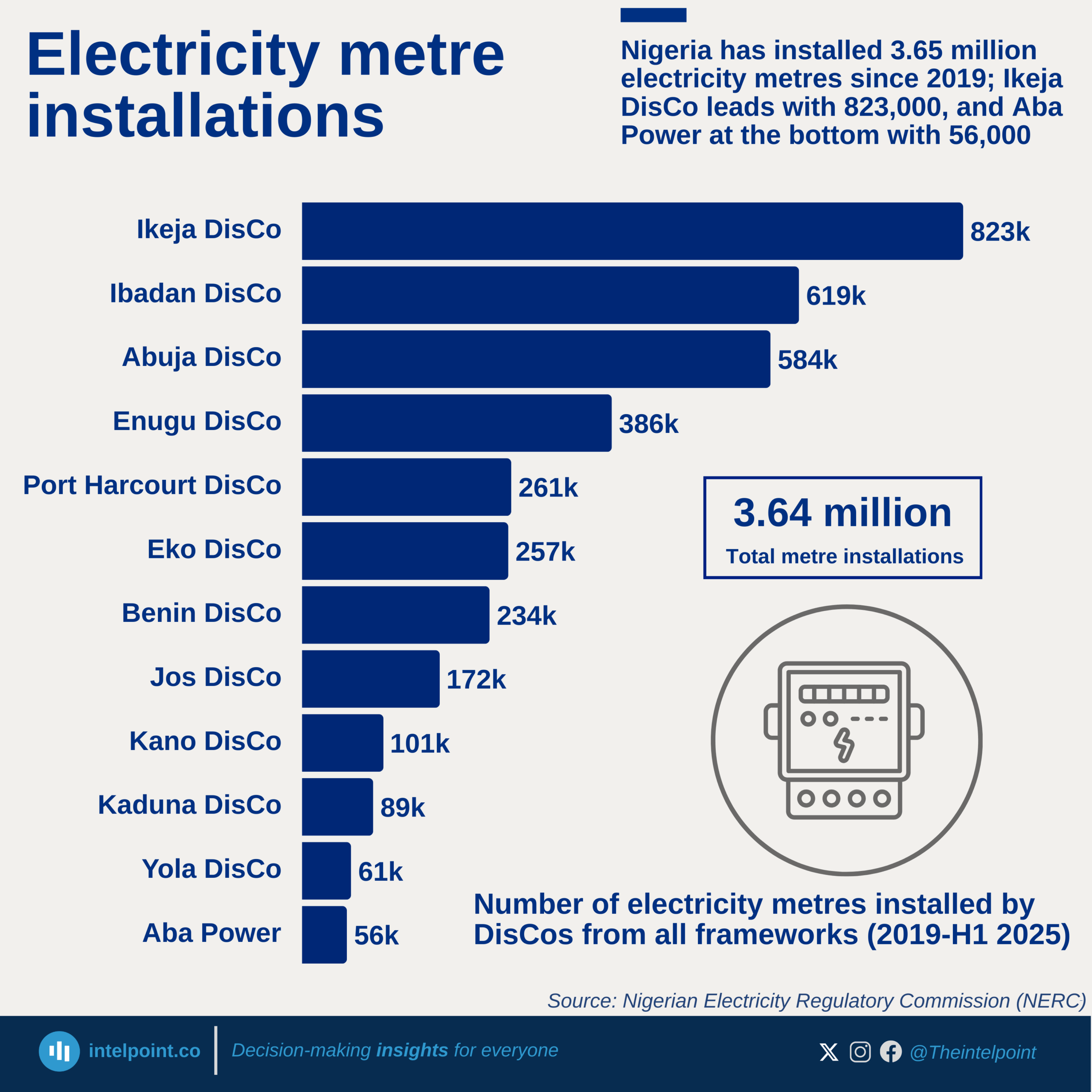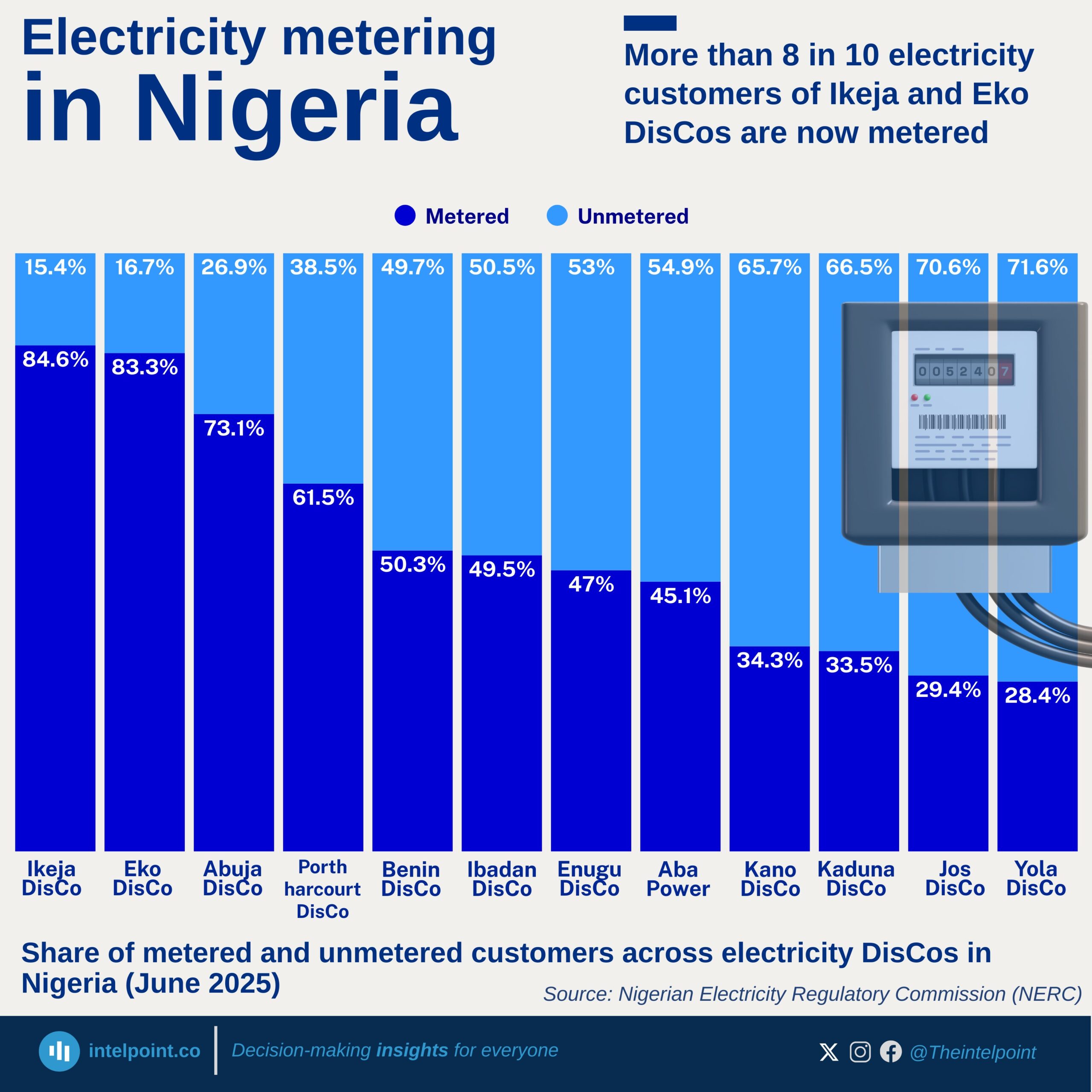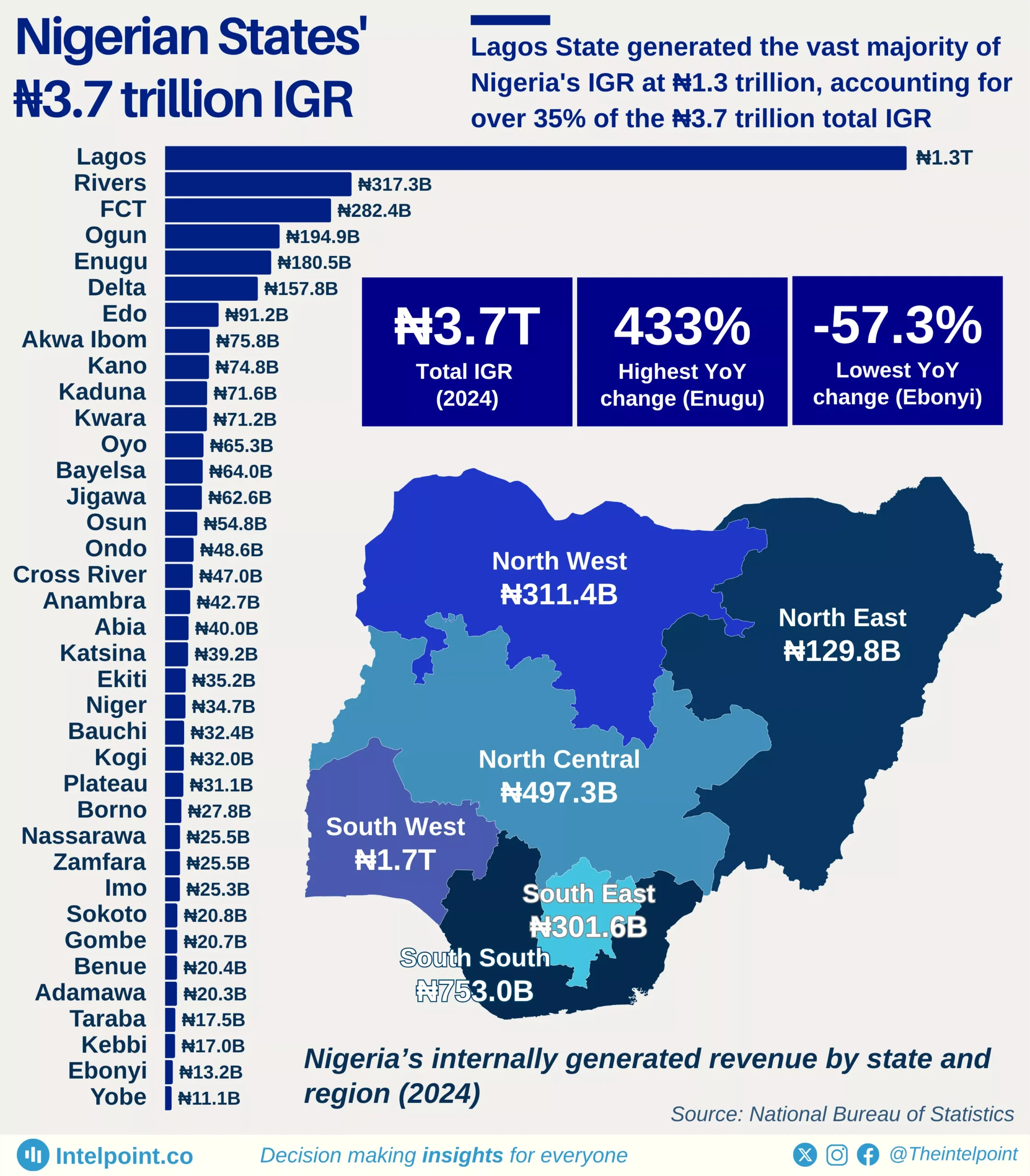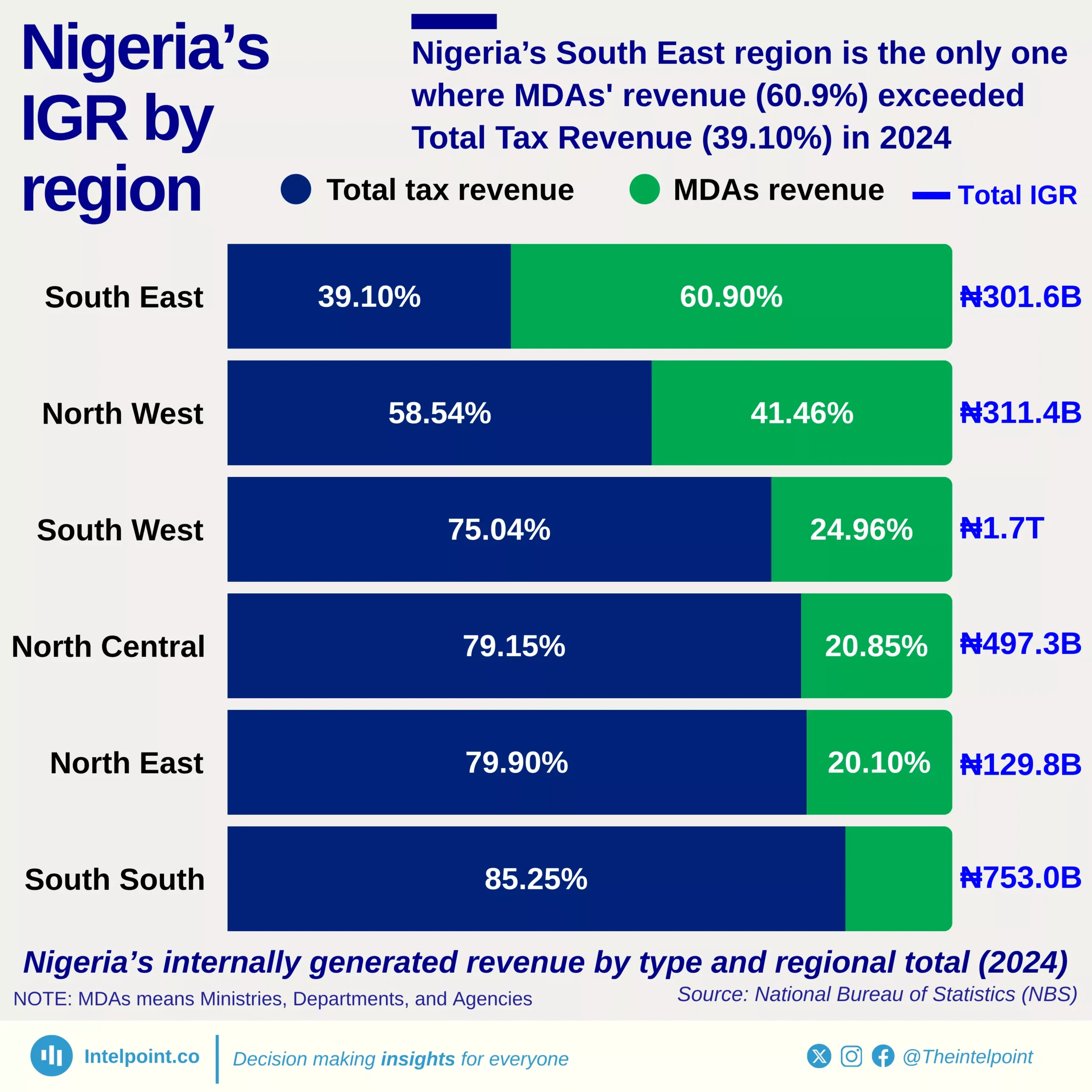The revenue profile of Nigerian MSMEs by sector shows a clear divide between capital-intensive industries and service-oriented businesses. At the top, Manufacturing dominates with ₦8.27 million in average monthly revenue, reflecting its scale, production capacity, and wider market reach. Essential service sectors such as Healthcare (₦5.02m) and Transportation (₦3.70m) also perform strongly, benefiting from steady demand.
In contrast, MSMEs in softer industries like Marketing & Advertising (₦191k), Food & Beverages (₦320k), and Education (₦440k) earn far lower revenues, often constrained by smaller operating scales and limited capital. The gap between these sectors and the top performers illustrates the uneven playing field in Nigeria’s MSME landscape, where some industries have the infrastructure and demand to scale, while others remain subsistence-level.

